MIAMI—When artist Didier William was six years old, his parents sold most their belongings and spent the $7,000 in earnings to leave their home in Port-au-Prince for America. As a child growing up in North Miami, William often asked his parents about Haiti. In response, they shrugged his questions off by saying “nou kite tout sa dèyè” — Creole for “we’ve left that all behind.”
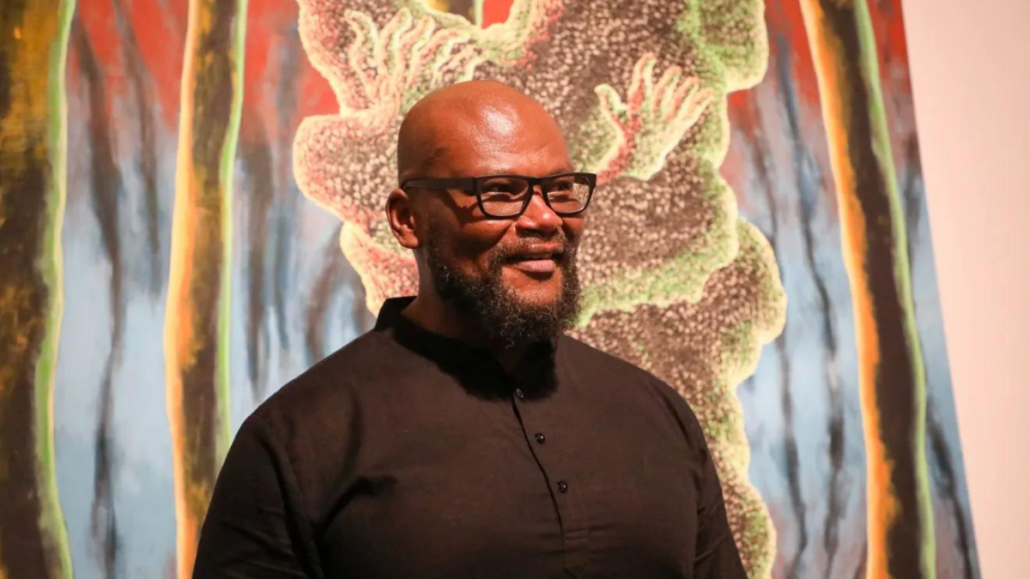
“Nou Kite Tout Sa Dèyè” is the title of William’s largest art exhibit, which is staged at the Museum of Contemporary Art North Miami until April 16 in the neighborhood where he grew up.
“I think embedded in that title is the kind of irony of that statement, which is that you actually can’t leave it behind,” William said. “It stays with you. It’s the very fabric of what it means to be an immigrant … the kind of enmeshed relationship we have with the culture that we left and that is the United States.”
The exhibit, curated by Erica Moiah James at the MOCA North Miami, features more than 40 pieces of Williams’ work including some of his newest paintings and his first 12-foot tall wooden body emblematic of a pillar present in Vodou ceremonies.
“It was very important to me that his voice dominated the experience,” James said. “My role as a curator was a light touch. I could bring together those narratives, but the voice of the work was Didier.”
At the entrance of the gallery, visitors are greeted with a documentary of William and his sketchbooks that provide a sense of his process. In the larger space, William’s work highlights his connections to Haiti. The pieces create an autobiography of being Haitian in South Florida in the 1990s and early 2000s.
William paints androgynous figures on wood panel backdrops and carves eyes into the surfaces by incorporating printmaking and collage. His work engages his personal connection to immigrant and queer narratives by using memories and historical moments to shape the gaze felt by marginalized bodies.
Now a Philadelphia resident who commutes to Rutgers, William hesitates to call his art exhibit a homecoming because of the significant changes that have happened in Miami and within himself since he’s left. When William was attending New World School of the Arts high school, Art Basel was a room at a convention center and there was one main museum downtown. He felt he needed to move to a city that had more infrastructure for artists.
He completed his undergraduate study at Maryland Institute College of Art in Baltimore and attended graduate school at Yale School of Art in New Haven, Connecticut.
“Now coming back, it’s incredible for me to see the incredible support young Black Haitian artists are getting in South Florida,” William said.
When the 39-year-old visits Miami now, he is flooded with memories of first experiences he had growing up, such as learning English and working summer jobs. The MOCA North Miami is only a few doors down from the dollar store where he worked.
“I would go to the Taco Bell across the street for lunch and park very close to the museum, and sit in my car and then go back to work,” William said. “Now, to come back and have a mid-career retrospective at that museum, in some ways, it feels redemptive. It feels like there’s a full circle moment happening.”
One of the busiest weeks in Miami
Miami becomes a public spectacle between Nov. 29 and Dec. 4, 2022 during Art Basel, an international art fair that brings thousands of art connoisseurs, gallery owners and buyers into the city to connect, attend conferences and party.
The official Art Basel Miami Beach show takes place at the Miami Beach Convention Center, but there will be more than 1,200 galleries around town with other fairs like Miami Art Week and Art Miami happening concurrently.
Unearthing one’s self and one’s art
In undergrad, William began to make work that went beyond citing history or sharing stories about family and moved towards more personal anecdotes. It led him to a point where he could turn his gaze inward in graduate school to be honest about his sexuality, which opened new portals in his art.
“I think something that is seldom talked about is that when one does have this process of honesty with oneself, what we call coming out, we realize that a lot of other things are buried in that closet as well,” William said.
“I feel like so many other things about who I am also became freer and much more honest and much more liberated, thereby allowing me to make work that I didn’t even know was in there, many of which have nothing to do with my sexuality,” William added. “They were just part of the infrastructure of concealment and burial. When I came out, all of those things also became excavated.”
William knew he was gay when he was about 12 years old, but wasn’t ready to come out while he lived in Miami. William is now married to Justin William. The couple have a 2-year-old girl and a 3-month-old boy.
Art reflecting pivotal moments of Didier’s life
William gave James, the curator, full liberty with selecting the pieces that made it into the MOCA. It was important for her to not only pick pieces that she knew the art world would geek over, but pieces that form a powerful personal story, which artists tend to conceal more often than not these days.
“I love Didier’s ability to have confidence in his story and his being, that what he has to say is powerful, that he finds value in his story, that he does not want to distance himself in any way from the fullness of that story,” James said. “At the end, he said [to me] you chose work that was incredibly pivotal for me, that were turning points or where I was able to resolve an idea.”
The figures are an important symbol in William’s intricate art. He explored abstract art, a lot of pouring paint, but returned to the figure after the fatal shooting of Trayvon Martin, a Black teenager in the hands of George Zimmerman.
“I was having these kinds of conversations about the body in my studio, and in real time I was witnessing how the value of this younger way was eradicated, simply because another human being as a person looked at him with threat and looked at him with anxiety and cast his body into a particular form that allowed him to be murdered,” William said.
The figures in William’s work are meant to be unidentifiable. They are neither male or female, or necessarily even human.
“I want these figures to feel larger than life,” William said. “They’re Titans. They’re characters. They’re parts of memories. They’re not really people in the traditional sense of representation.”
The eye are a physical motif of bearing witness and represent the colonial, male, western or heteronormative violent gaze that has meant life or death for Black people. What started as eyes on the bodies has transitioned to eyes permeating the air around the figure.
Creole as an art in itself
William finds encouragement from his parents, who always supported his goals. In Haiti, his parents both worked in the U.S. Embassy. Once in the U.S., his mom, Lucianne William, got a job as a Haitian chef and his dad, Alphonse William, worked in hotel hospitality.
For a high school sculpture project, William has a fond memory of his parents helping scrub poured candle wax that got on the floor and making a midnight run to buy rope to finish off the project.
“When I told my parents I wanted to be an artist, they said ‘how can we help?’ When I told my parents that I was gay, they said, ‘how can we help?’” William said.
William predominantly spoke Creole at home with his parents and two older brothers and the language is reflected in the narratives he constructs in his art. His titles are often in Creole, and it appears written on his pieces.
This was the first time the MOCA translated all of the wall text providing descriptions of the artwork into Creole on the wall.
“Putting both languages on the wall, and of itself becomes yet another kind of art form and creates this sort of space of loss within the structure of a museum exhibition,” William said.
“It is really refreshing to see art for my people, and connect with the message in the paintings,” Jupshy Jazmin, a Haitian American born and raised in Miami said at the opening night of the exhibit. “Being able to see a visual of what the immigration journey may have looked or felt like in art helps bring the pieces together and what I’ve been told by my parents and their parents.”
In an effort to connect with the community, around 200 free prints of William’s art will be distributed to immigrant households.
“Having the people in my community that I came to age with seeing work that mirrors them and reflects their experience brings me an overwhelming sense of calm that I didn’t anticipate,” William said on opening night.
“Seeing how he’s developed over the year has been fascinating, his trajectory of his career has been something to behold especially for a mid career artist because it usually takes a really long time, and his work has been well received.”
—
The Didier William exhibit will be open until April 16, 2023. Click here for a virtual tour.

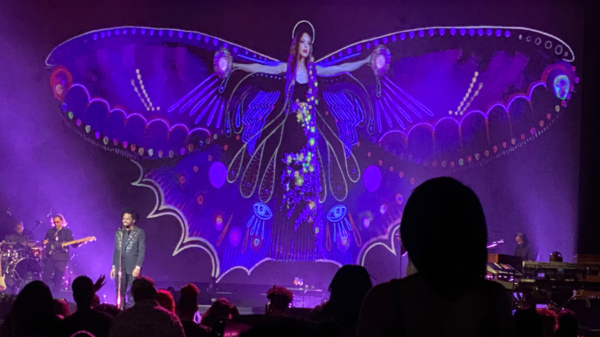
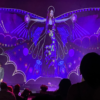
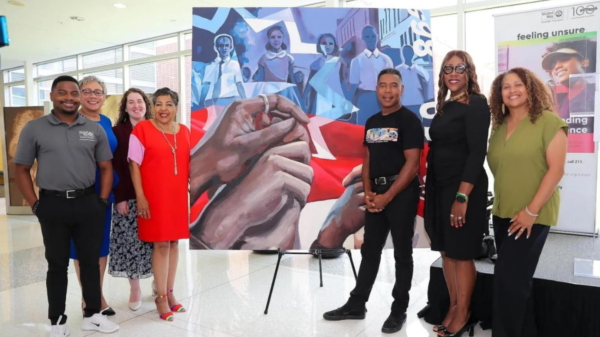
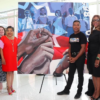
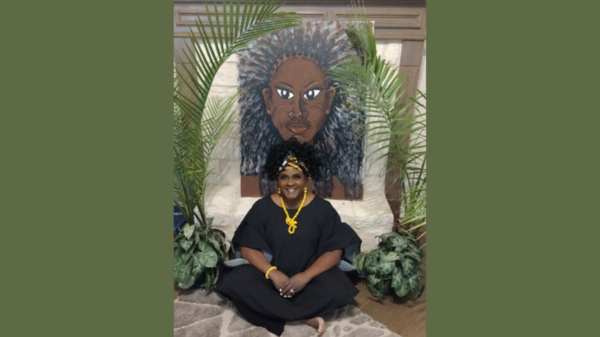
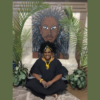
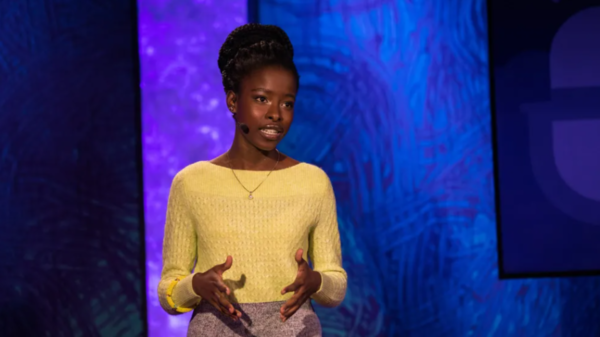

You must be logged in to post a comment Login